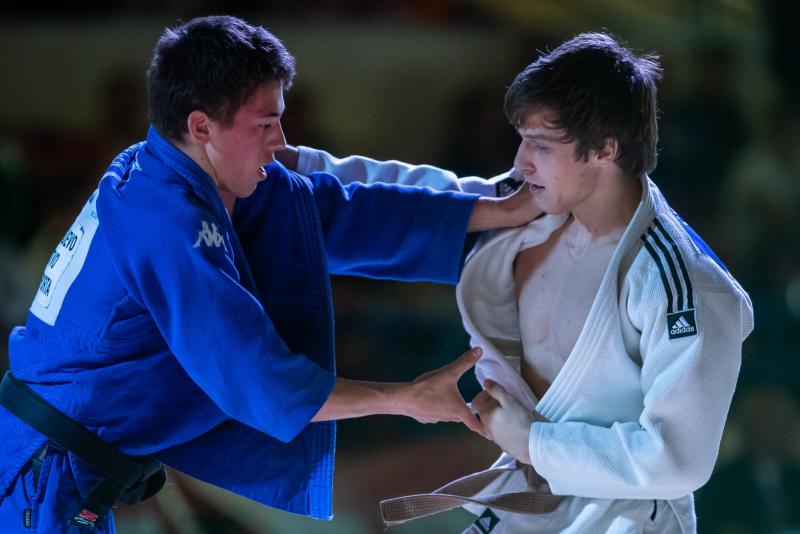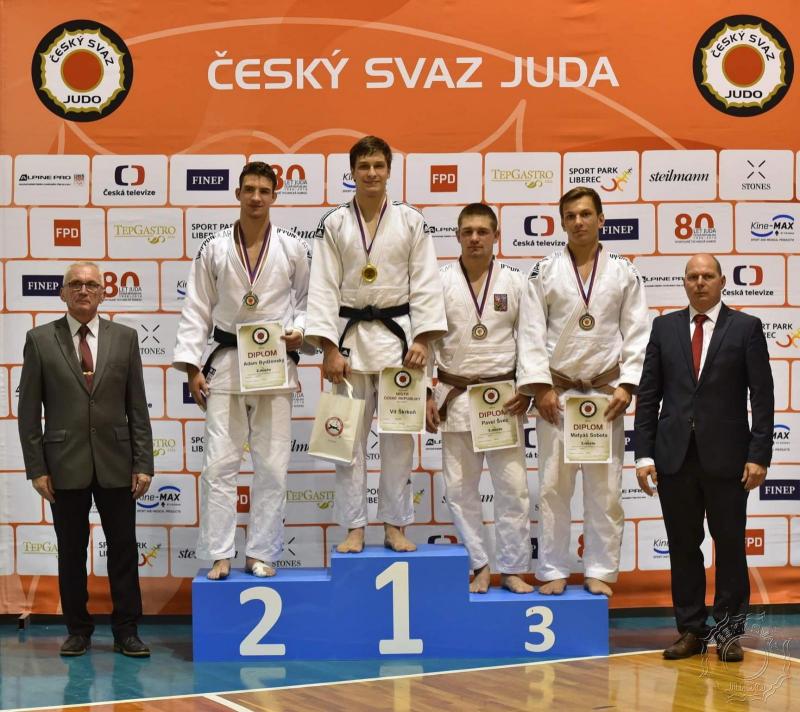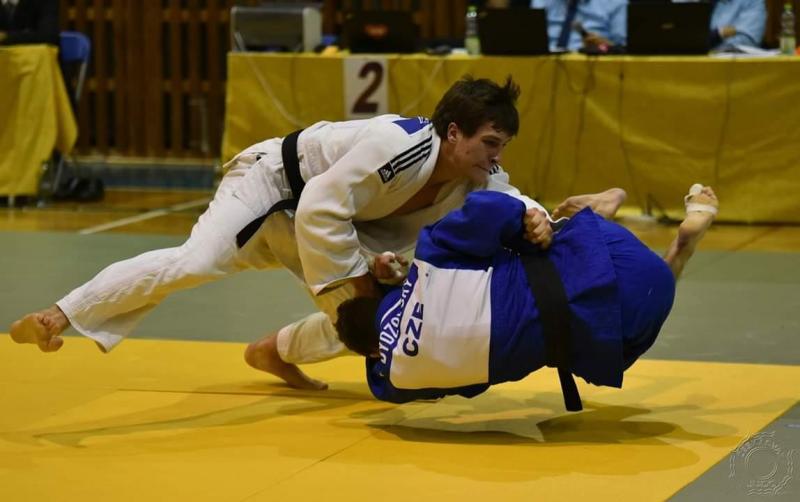Sport
I don't bring bruises home, says judoka Vít Škrkoň

To defeat but not to injure. That is the goal of judokas, including the FME student Vít Škrkoň. A junior national champion, now competing in the men’s under-90-kilogram category, Škrkoň has been involved in judo since childhood. As he puts it, he likes the versatility and humility that come with this martial art, as mandated by its philosophy.
"As a child, I was quite wild, so my parents decided to enrol me in a martial art to calm me down," recalls Vít Škrkoň. He quickly embraced judo, even giving up hockey, which he used to play. "I liked the group I trained with and the knowledge that I was able to defend myself. In life, I’ve never fought in public; it's enough for the opponent to know that I practice judo and they keep their distance," he says with a smile.
According to him, behind the martial art with Japanese roots, there is much more than just the technical moves viewers see on television. "Judo is primarily about the flexibility and coordination of the whole body. Our warm-up always includes gymnastics, and strength training and physical fitness are also crucial. To master judo techniques, one must develop a certain sense; you have to know how to work with your opponent's centre of gravity and use their movements to your advantage. That is why a judoka can throw a heavier opponent. They sense where the opponent is unstable and exploit it,'' describes Škrkoň.

No all kimonos are the same
Thanks to judo, Vít Škrkoň discovered a talent for other sports. "The falls are also an advantage; in judo, I learned to fall so as not to get injured. People often experience breaking their arm, for example, when falling on skis because they put it underneath. A judoka is used to falling and knows how to roll up to avoid getting hurt," says Škrkoň.

Unfortunately, the crutches he brought to the interview confirm this. During a match, his opponent made a technically incorrect grip and sat down on his knee from the side. Now Škrkoň awaits surgery. "That's what happens in sports," he says calmly, looking forward to returning on the tatami after rehabilitation.
It is evident that he does sports mainly for joy. "I try to manage school, judo, and leave some free time for myself. I don't have a sports idol; I try to improve for myself and because I enjoy it. I know I will never make a living with judo," adds Škrkoň, who is completing his Bachelor's studies at the Faculty of Mechanical Engineering. In the future, he would like to gain experience in management and join the family business.
(ivu)
Five-time world champion is preparing his bachelor thesis on motorized surfboard
The king of cycling Jakub Mašek got an internship at the European space agency
Česká Hlavička awardees with a passion for engineering
Waste is science. Thanks to experts from BUT, the Czech Republic has a forecast of their production
AI reflects back an image of ourselves, says Petr Koňas